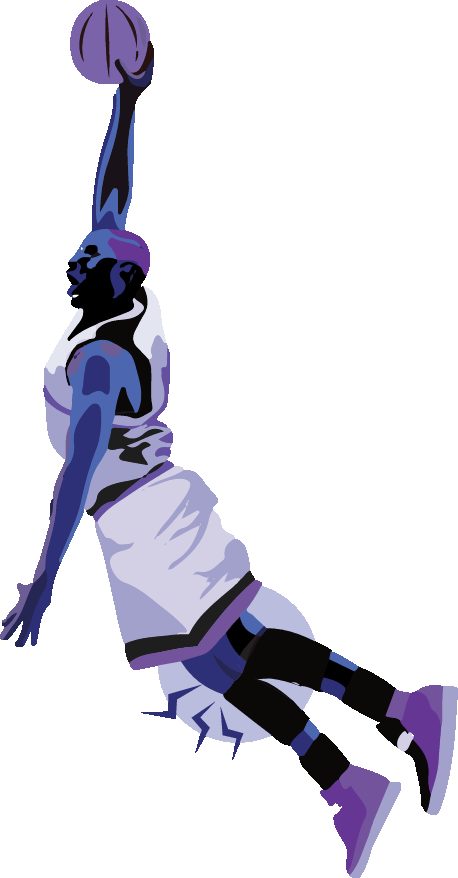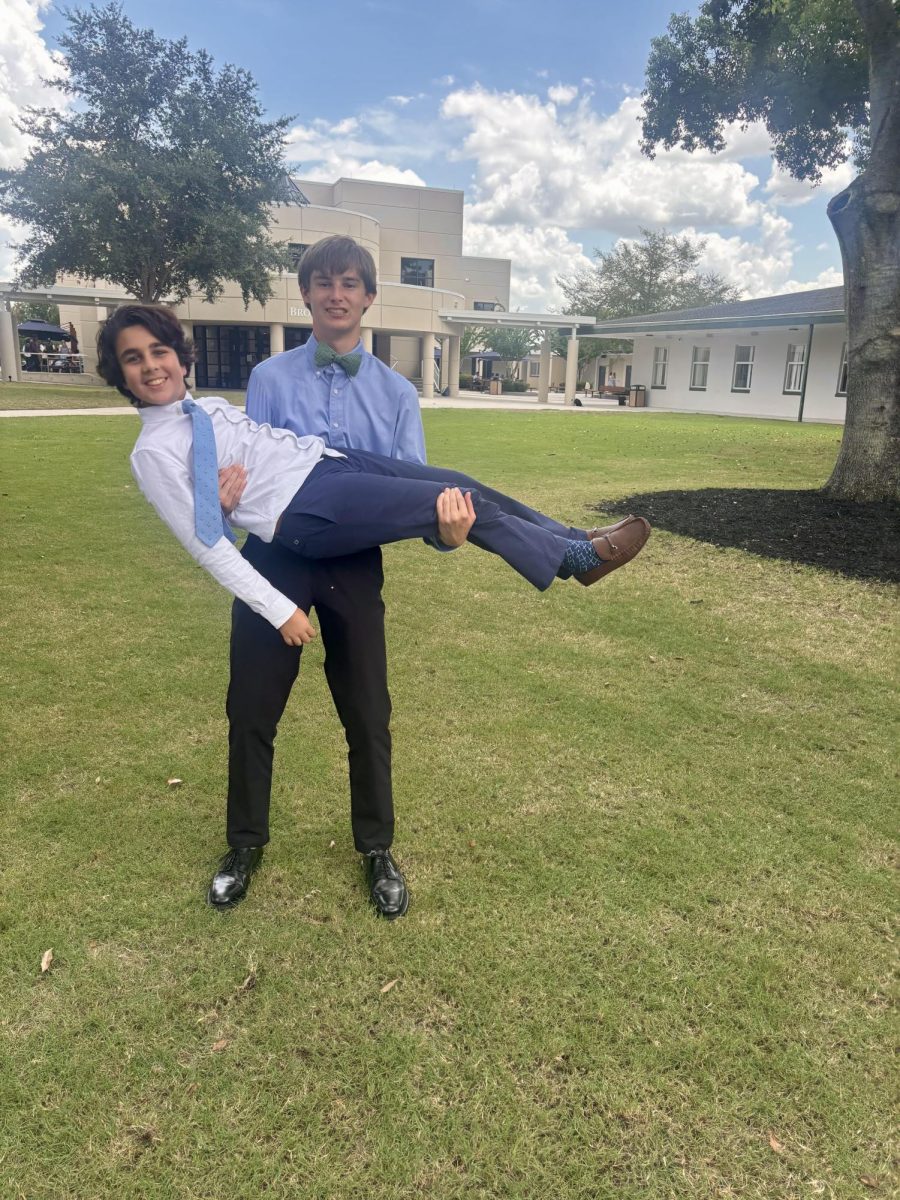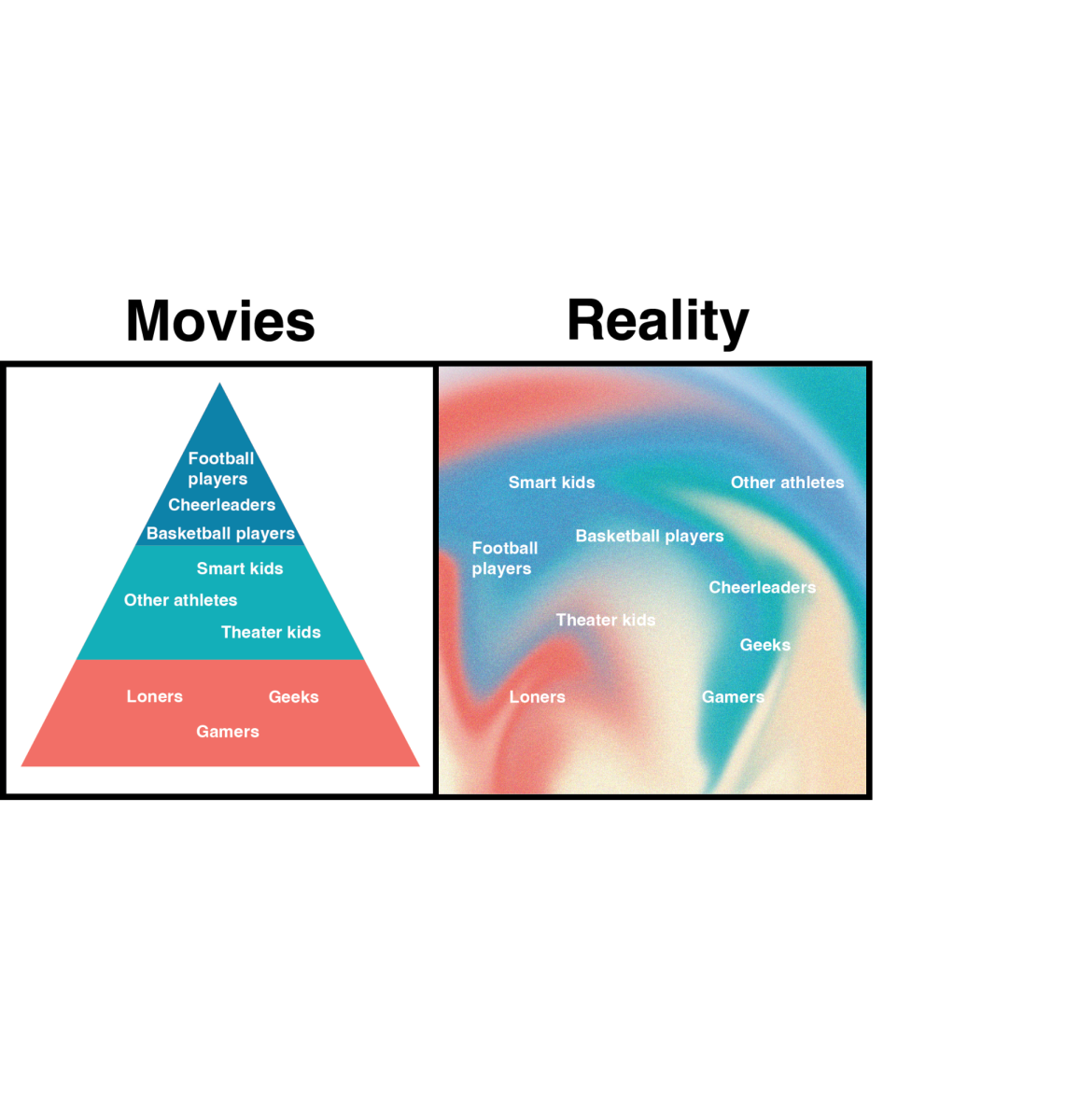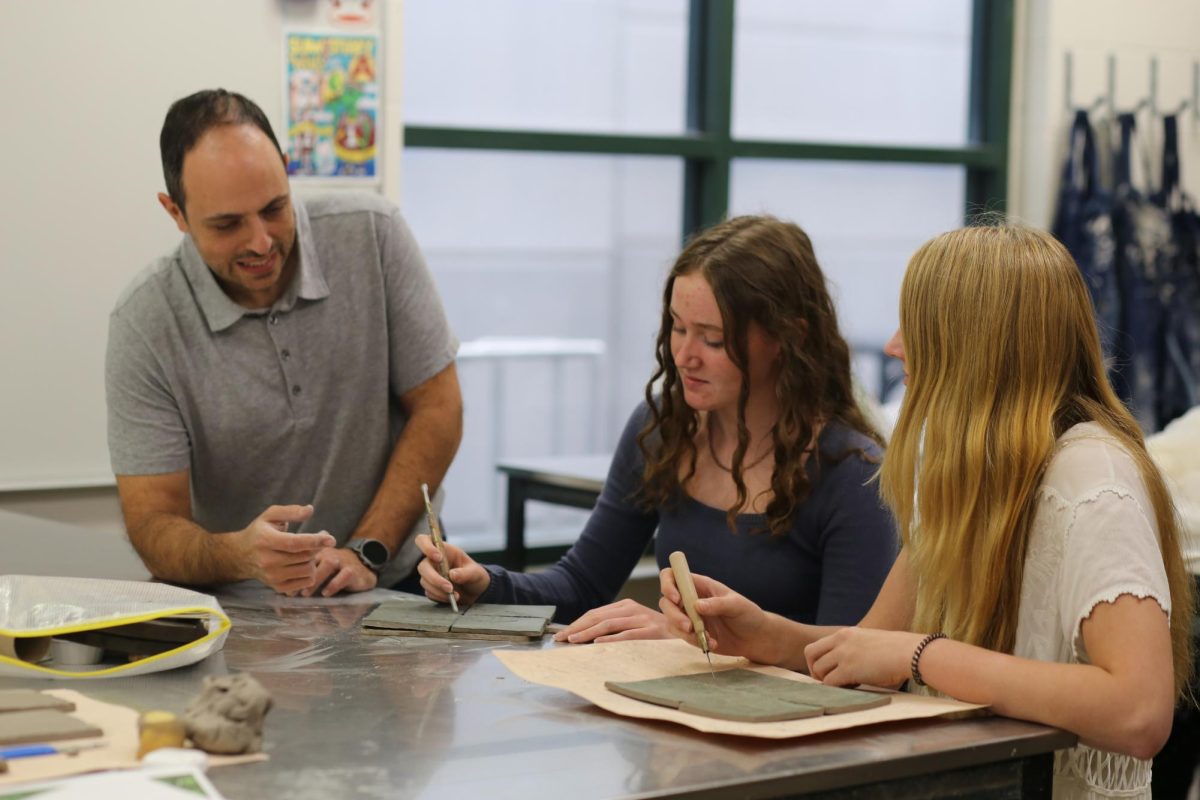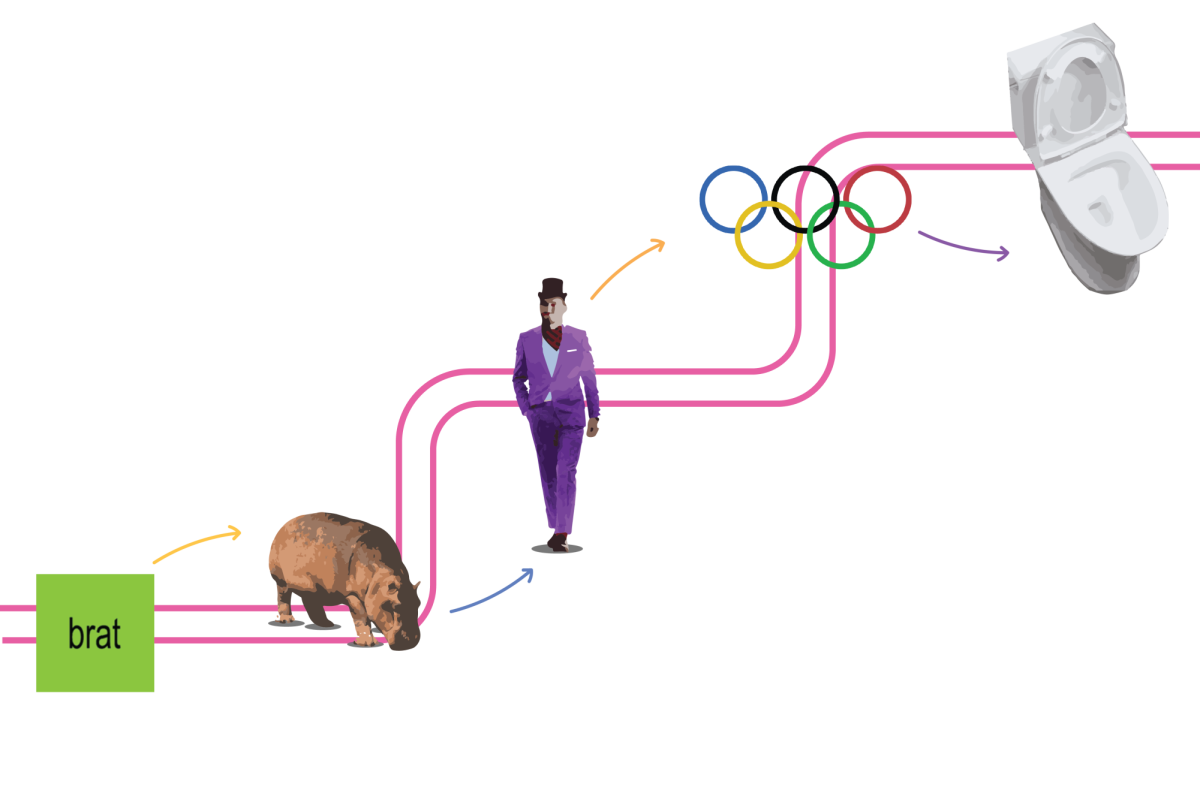Trinity point guard Elizabeth Bias sinks a three-point shot before backpedaling to get back on defense, but before she can get there she stumbles and hears a pop. She has torn her ACL for the third time on her right leg.
Bias, a player on the girls varsity basketball team, has had multiple ACL injuries and has received multiple surgeries, but she is not alone in her struggle with knee injuries.
“ACL sprains and tears are common knee injuries, with a reported incidence of 100,000 to 200,000 in the United States every year,” Jeffrey Nielson of Grandview Medical Center said in his study on ACL injuries.
Anterior cruciate ligament tears, also known as ACL tears, are a type of severe knee injury where the ligament is torn because too much stress is placed onto it. Unlike other injuries, a majority of the time it is only able to be completely repaired through surgery, as torn ligaments like the ACL are unable to heal on their own. As a matter of fact, in a 2013 study of ACL injuries in high school athletics, a reported 76.6% resulted in surgery.
The weight surgery bears on an ACL complicates the recovery process, which is a crucial factor in whether or not a student-athlete can return to physical activity.
“There are milestones and all types of restrictions throughout the entire process,” athletic trainer Jeff Feroglia said. “Early on, the biggest issue is trying to get the athlete’s knee as straight as possible, and then working range of motion and quad strength, which is lost pretty quickly after surgery.”
These obstacles delay the process, as most athletes take upwards of six to nine months to recover, according to Cleveland Clinic.
For Bias, she will have to wait upwards of 16 months as she had a tibial osteotomy, or knee realignment surgery, which has a recovery time of an additional four to six months along with an ACL reconstruction surgery.
These surgeries, along with their recovery methods, have been refined over time, with the surgery becoming minimally invasive and new medical technology emerging in the recovery process, according to UCHealth. However, even with these novel methods, medical professionals have still not been able to curb injury rates.
In fact, the rate of the injury has skyrocketted, particularly among high schoolers, increasing by 147.8% over the last 10 years from 2.74 per 100,000 population in 2005 to 6.79 per 100,000 in 2015, and continues increasing 2.3% annually, according to the American Academy of Pediatrics.
“I can definitely see how injury rates are increasing right now,” said junior Anthony Miceli, who tore his ACL playing varsity football. “More and more athletes are not taught proper technique, and more and more athletes are lacking year-round training and conditioning, which makes them more suscetiple to [injury].”
This is extremely detrimental, as new studies have shown a significant correlation to early age arthritis, as Dr. Nicole Friel said in her study on the long-term effects of ACL injuries.
Effects of serious knee injuries do not just influence physical well-being however. It has a plethora of other negative impacts, with a domino effect on other aspects of a student athlete’s life, including their education, mental health, and social life.
For Bias, this was exactly the case, as she was put behind in her classes due to missed days of school and her main outlet from her everyday stresses, basketball, was taken away from her.
“My life typically revolves around working out and playing basketball and not being able to be active destroys my mental health,” Bias said. “Thankfully, my teachers have always been very understanding and I have good friends that have always been supportive of me throughout the entire process.”
With her positive attitude, Bias looks at her ACL injuries as a lesson for her life, rather than a hindrance to it.
“I think my ACL injuries have taught me the importance of continuing to put in effort, no matter what the circumstance,” Bias said. “My experience will carry me through the rest of my life.”




